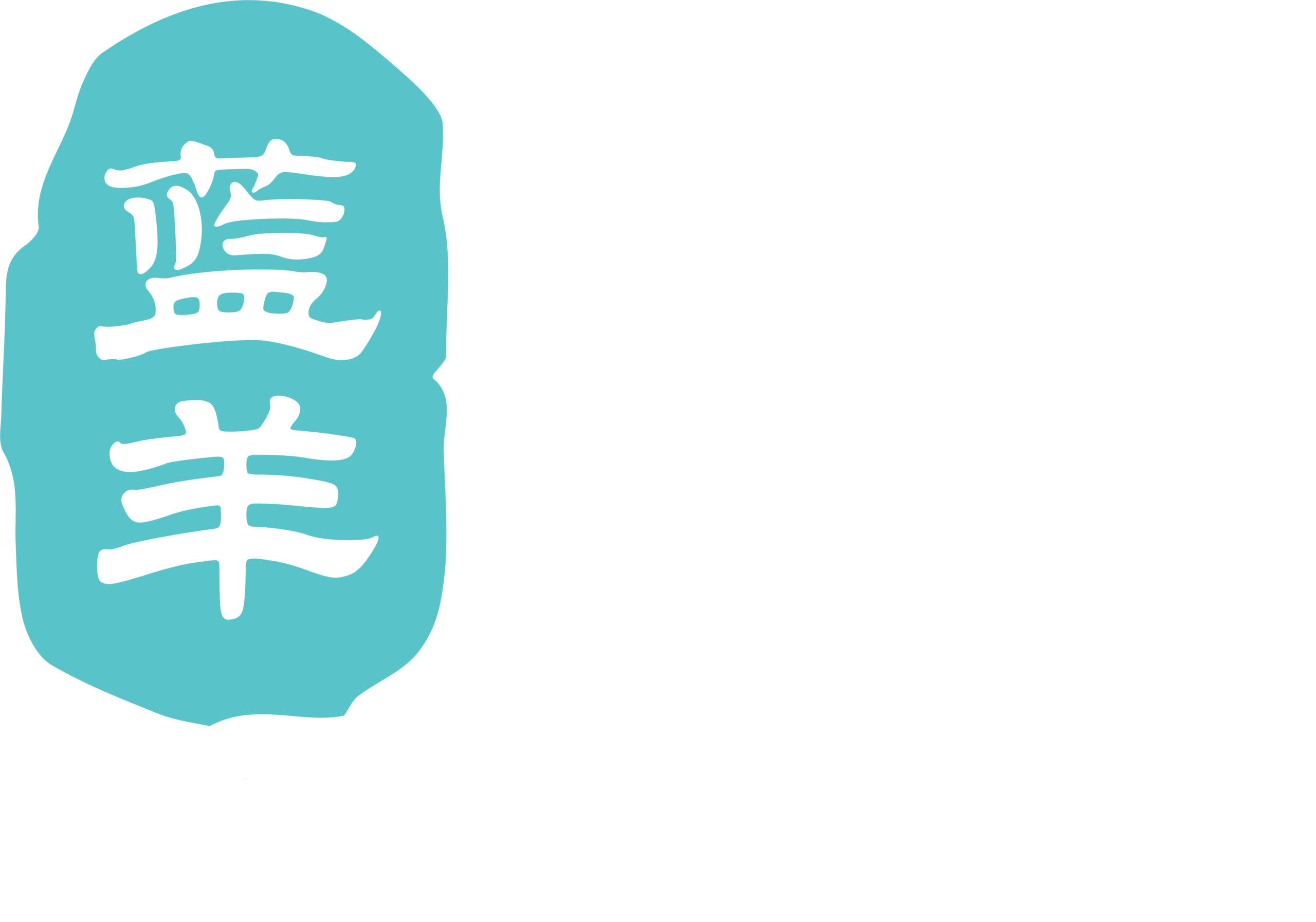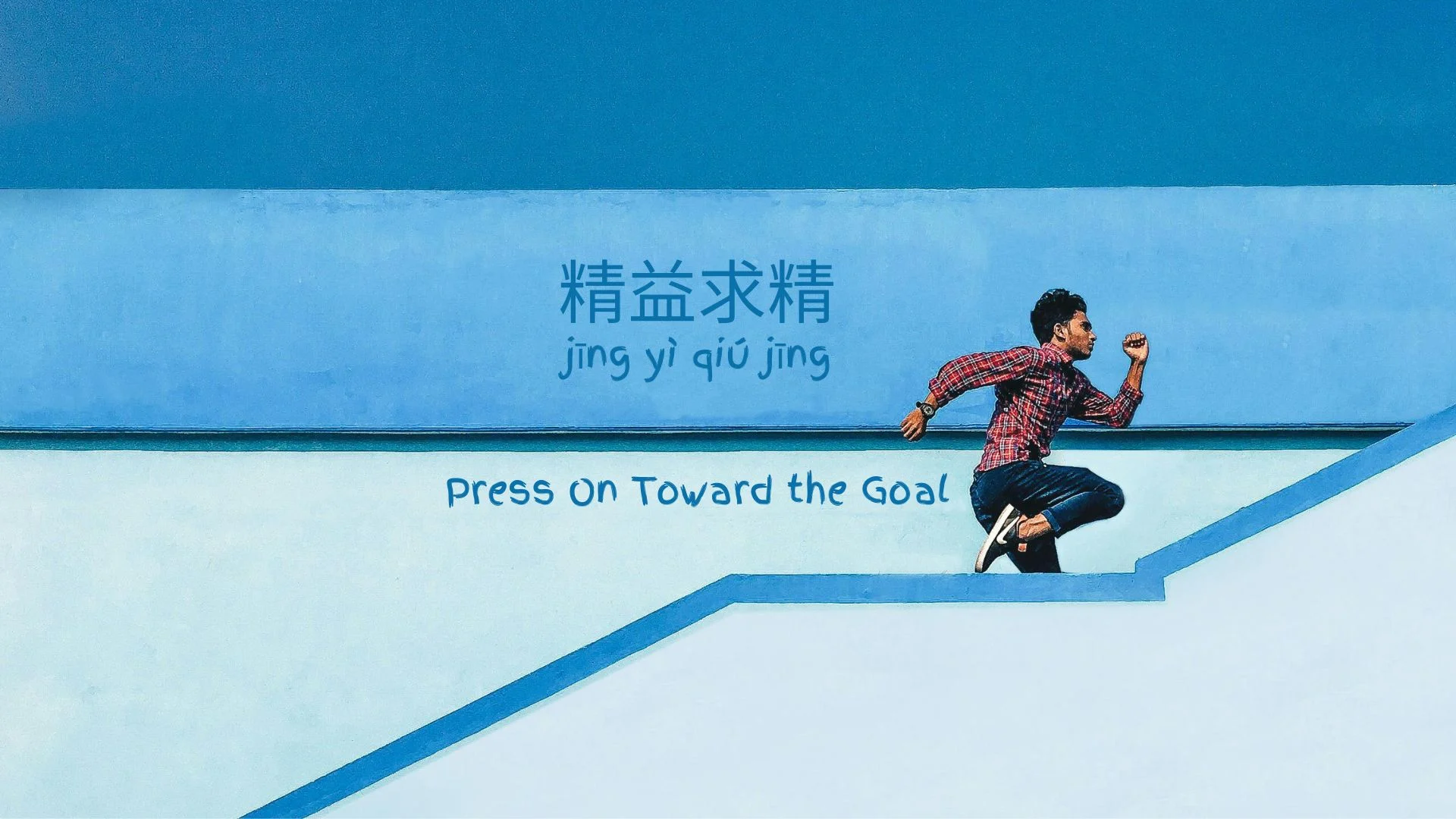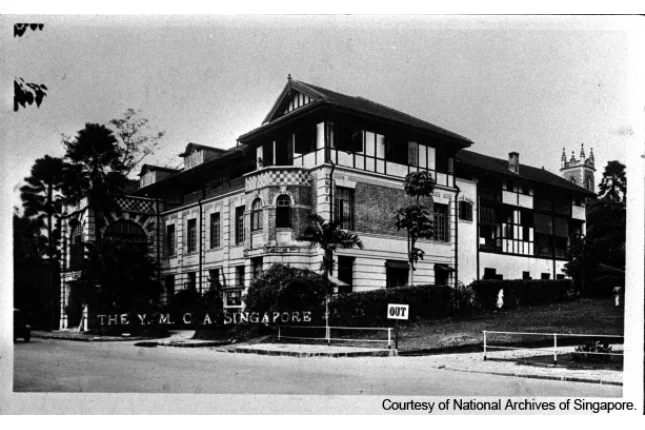The Living Poetry of Chinese Names
In the quiet corners of ancestral halls and tucked within yellowed family documents, Chinese genealogical poems have served as both literary treasures and practical tools for centuries. These carefully crafted verses, known as paizi shi (排字詩) or generation poems, contain within their rhythmic lines the very blueprint of family identity. Each character represents not just a sound or meaning, but a designated place in the grand tapestry of lineage, ensuring that every descendant carries their ancestral story forward in their very name.
The tradition emerged from a profound understanding that names are more than mere labels—they are vessels of continuity, hope, and collective memory. When a Chinese family creates a generation poem, typically consisting of twenty to forty characters, they are essentially writing the future chapters of their lineage. Each successive generation takes the next character in the sequence as part of their given name, creating an unbroken chain that can span hundreds of years. This practice transforms individual identity into a living poem, where every family member becomes both a verse and a storyteller in the ongoing narrative of their clan.
More Than Memory: Values Written in Verse
What makes these genealogical poems particularly remarkable is their dual function as both mnemonic devices and moral compasses. The characters chosen are rarely arbitrary; they often embody virtues the family wishes to cultivate—prosperity, wisdom, filial piety, or scholarly achievement. In this way, the poem becomes a perpetual reminder of family values, whispered through generations in the very act of calling someone’s name. A grandfather might look at his grandson and see not just a child, but a living embodiment of the family’s aspirations, carrying forward both the poetry and the principles that have guided their ancestors for centuries.
From My Family’s Gerenation Poem: Decoding the Generations
This is my family’s generation poem:

The forty-character poem is structured in eight lines of five characters each, following classical Chinese poetic conventions with careful attention to rhythm and meaning.
The opening line “始發祥南宋” (Beginning with auspicious fortune in the Southern Song) immediately establishes both temporal and geographical anchors, suggesting the family’s origins trace back to the Southern Song Dynasty period and likely connecting them to that era’s cultural flowering. The second line “湖山均德世” (Lakes and mountains all virtuous generations) evokes a landscape of natural beauty while emphasizing that virtue should characterize every generation of the family lineage.
The third line “勝孟雲轩遇” (Surpassing Mencius, cloud pavilion encounters) references the great Confucian philosopher Mencius, suggesting aspirations for descendants to achieve even greater moral and intellectual heights, while the imagery of cloud pavilions suggests elevated, refined circumstances. The fourth line “守伯仕乃斯” (Guarding elder service, thus this way) emphasizes the importance of respecting elders and serving with dedication as the proper path forward.
The poem’s middle sections reveal the family’s deepest aspirations for their descendants. The line “文章華國業” (Literary works to glorify the nation’s enterprise) places scholarly achievement and patriotic service at the heart of family values, while “詩禮裕厚宜” (Poetry and ritual propriety bring abundant goodness) emphasizes both cultural refinement and moral cultivation. These lines suggest a family that valued the traditional Confucian ideals of scholarly pursuit and civic duty, expecting their descendants to contribute meaningfully to society through education and virtuous conduct.
The concluding verses “三多萬年慶,欣幸熾昌時” (Celebrating the three abundances for ten thousand years, joyful and fortunate in times of flourishing prosperity) encapsulate the ultimate wish of any family—enduring happiness, prosperity, and continuity across countless generations. The “three abundances” (三多) traditionally refer to longevity, wealth, and many sons, representing the comprehensive blessings that Chinese families have historically sought. The phrase “萬年” (ten thousand years) is not meant literally but expresses the desire for perpetual family continuance, while “熾昌” (flourishing prosperity) envisions descendants thriving in their endeavors.
What makes this particular poem especially poignant is how it functions as both historical record and future prophecy. Each character represents not just a generation marker but a hope made manifest—when a child receives the character “文” (literature) as part of their name, they carry with them centuries of ancestral expectation for scholarly achievement. When someone bears “德” (virtue), they become a living reminder of the family’s moral aspirations. In this way, the poem transforms from mere text into a form of intergenerational prayer, where each name becomes both blessing and responsibility, connecting the bearer to a legacy that stretches back to the Southern Song and forward into an imagined future of continued prosperity and honor.
The Uniqueness of Each Family’s Poetry
It’s crucial to understand that generation poems are deeply specific to individual family lineages, not to surnames as a whole. Two families sharing the same family name—say, both named Chen or Wang—may have completely different generation poems if they originated from different regions, historical periods, or ancestral lines. These poems reflect the unique history, values, and aspirations of a particular clan branch, shaped by their specific experiences, geographic origins, and the cultural context of when the poem was composed. A Chen family from Fujian might have a generation poem emphasizing maritime prosperity and trade, while a Chen family from Hunan could focus on agricultural abundance and scholarly achievement.
Therefore, genealogical researchers and family members seeking to connect with their heritage should never blindly adopt a generation poem simply because it shares their surname. Such an approach not only risks genealogical confusion but also dishonors the authentic history embedded within each family’s unique poetic tradition. Instead, the true path to understanding one’s heritage lies in tracing the specific lineage back to its origins, uncovering the particular generation poem that belongs to one’s own ancestral line. Only then can descendants truly claim their place in the living poetry that binds their specific generations, carrying forward the authentic hopes and dreams of their actual forebears rather than borrowed verses from unrelated families.




